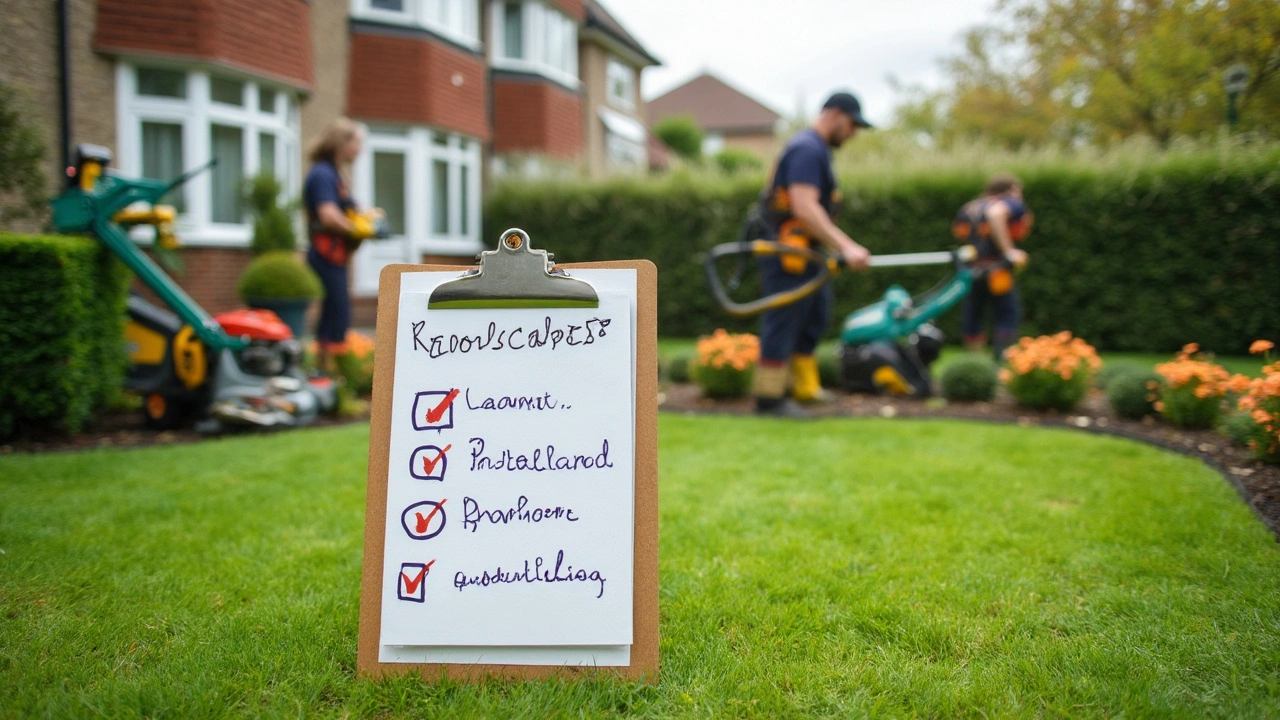Hardscaping: Simple Steps to Boost Your Outdoor Living Space
Hardscaping is the non‑plant side of a garden – think patios, pathways, retaining walls, and fire pits. It’s the sturdy framework that lets you enjoy a yard without worrying about soil or weather. When done right, it adds security, style, and value to any property.
Why Hardscaping Matters
First off, hardscaping creates clear zones. A concrete patio separates the dining area from the lawn, while a stone walkway guides guests from the front door to the garden. Those zones make a space feel organized and safe – no more tripping over hidden roots or soggy grass. Second, hard surfaces are low‑maintenance. Once a driveway or patio is set, you only need occasional cleaning and seal‑coating, unlike a flower bed that needs pruning, watering, and weeding.
Finally, the right materials can raise your home’s resale value. Buyers often look for a ready‑to‑use outdoor area, and a well‑built patio or retaining wall signals that the property has been cared for. Even a simple gravel path can be a selling point if it’s laid out neatly and matches the house’s style.
Quick Hardscaping Ideas You Can Start Today
Patio Basics: Choose a material that fits your budget and climate. Concrete is cheap and durable, while flagstone gives a natural look but costs more. Lay a compacted base, add a weed barrier, and then place your pavers. Keep gaps even for a polished finish.
Walkways: A straight line of stepping stones can turn a muddy yard into a clean route. Use interlocking bricks or large slate pieces, and fill the joints with sand to keep weeds out. If you have a slope, add a gentle curve to slow water runoff and prevent erosion.
Retaining Walls: Small garden walls keep soil in place and create raised planting beds. Dry‑stacked blocks are easy for DIYers – no mortar needed. For taller walls, use concrete blocks with reinforcement and a proper drainage pipe behind the wall to avoid hydrostatic pressure.
Fire Pits: A fire pit adds warmth and a gathering spot. Build a simple metal ring set on a gravel base, then surround it with stone or brick. Make sure it’s at least 10 feet away from structures and follow local fire codes.
Lighting: Low‑voltage LED lights under stairs, along pathways, or embedded in pavers highlight key areas and improve safety at night. Solar‑powered options are cheap and easy to install without wiring.
Hiring the Right Pro
Even if you’re handy, a professional can save you time and prevent costly mistakes. Look for a contractor with a portfolio of hardscaping projects similar to yours. Ask about their process: do they dig a proper base? Do they include drainage plans? The best teams, like McNeil Plumbing & Construction Services, combine plumbing know‑how with solid hardscaping skills, ensuring your patio’s footings won’t interfere with underground pipes.
Get at least three quotes, check reviews, and verify insurance. A reputable firm will walk you through material choices, timelines, and maintenance tips before the first shovel hits the ground.
Maintaining Your Hardscapes
Maintenance is easy if you set up a routine. Sweep patios weekly to remove debris, and rinse stone walls with a garden hose after heavy rain. Seal concrete or stone every 2‑3 years to protect against stains and freeze‑thaw damage. For retaining walls, inspect the topsoil level annually – too much pressure can push the wall outward.
When you notice cracks or shifting, call a professional right away. Early repairs prevent bigger issues like water pooling or structural failure.
Ready to Upgrade?
Hardscaping can transform a bland backyard into a functional, attractive extension of your home. Start with a small project – a stepping‑stone path or a modest patio – and watch the impact. If you need help designing or building, reach out to McNeil Plumbing & Construction Services. Our team blends expert plumbing with top‑tier hardscaping, so you get a safe, beautiful outdoor space that lasts for years.

